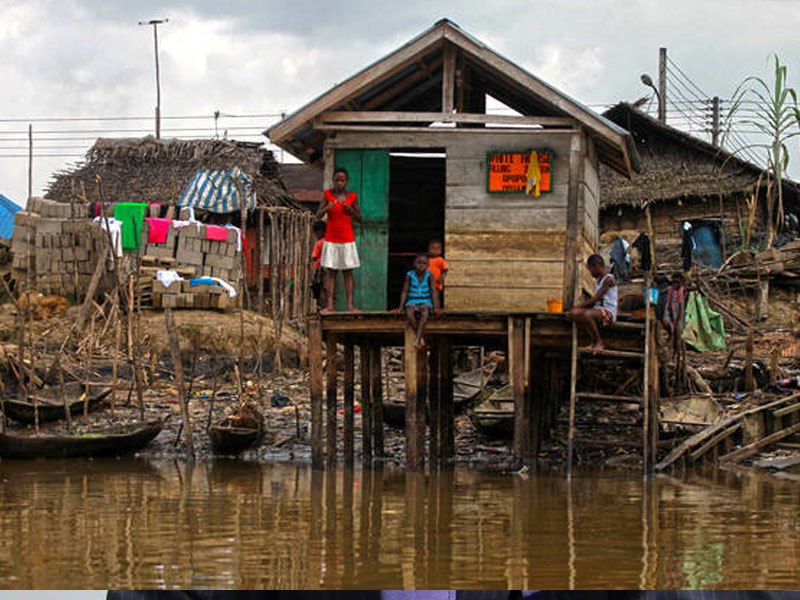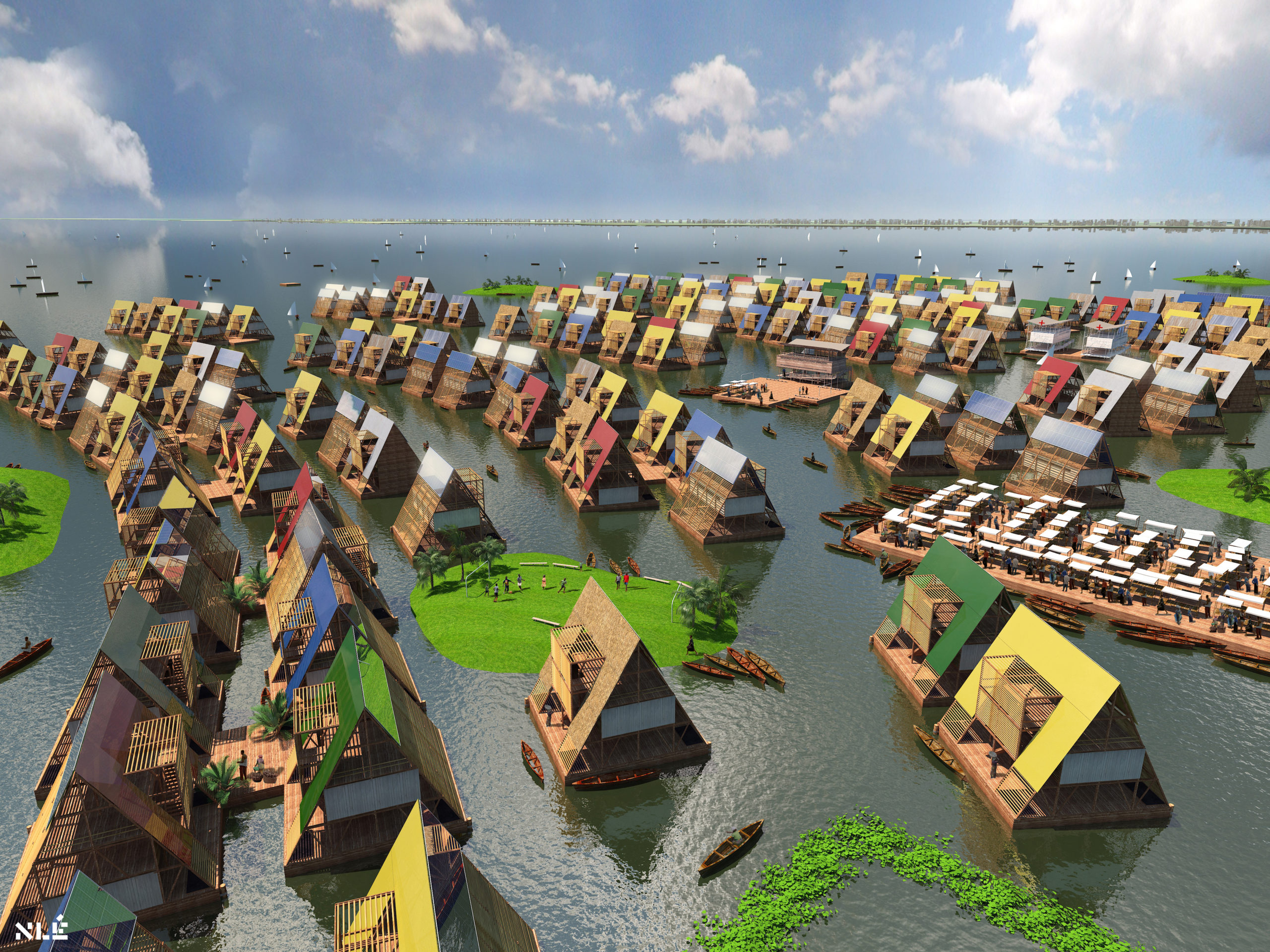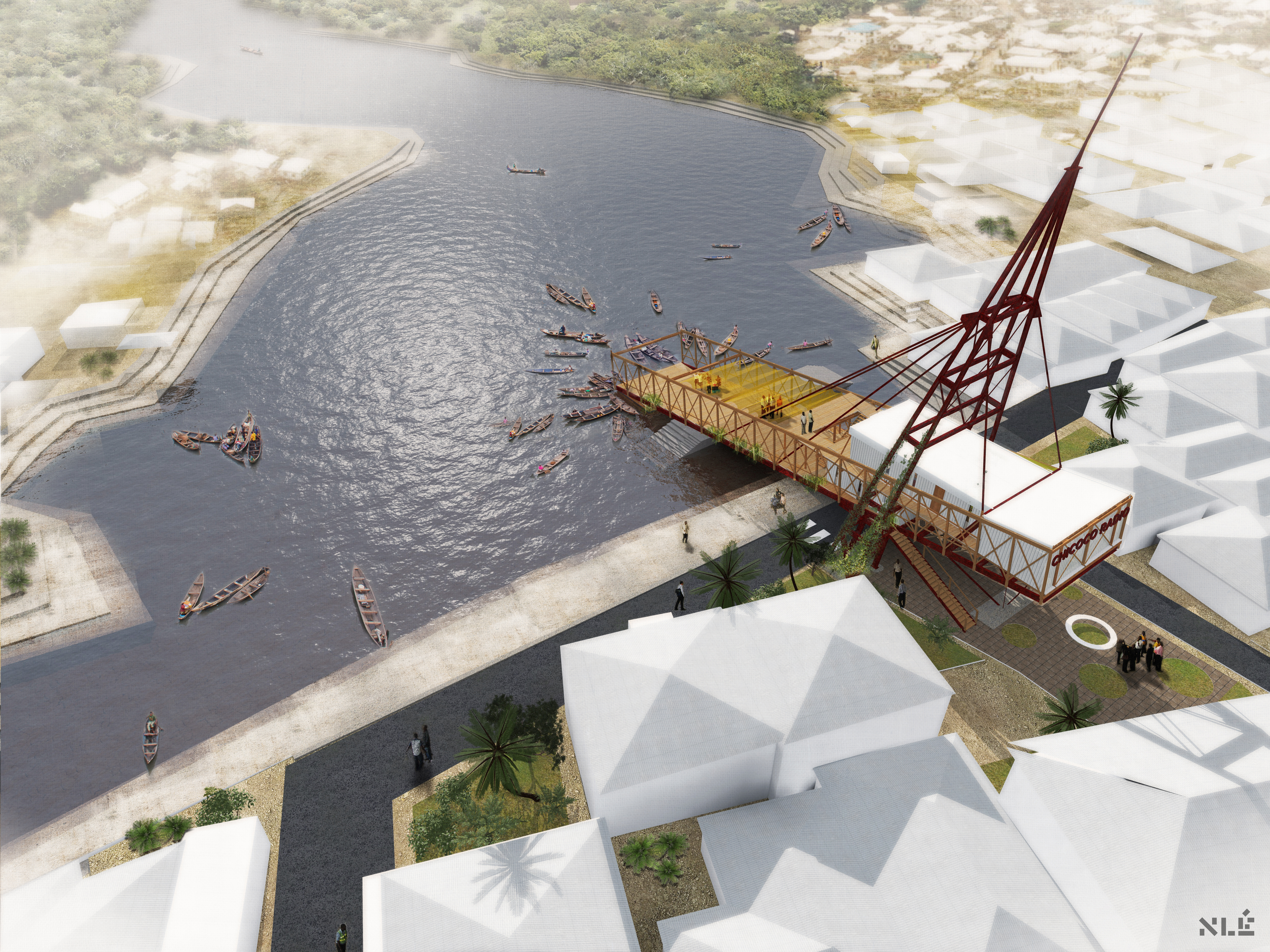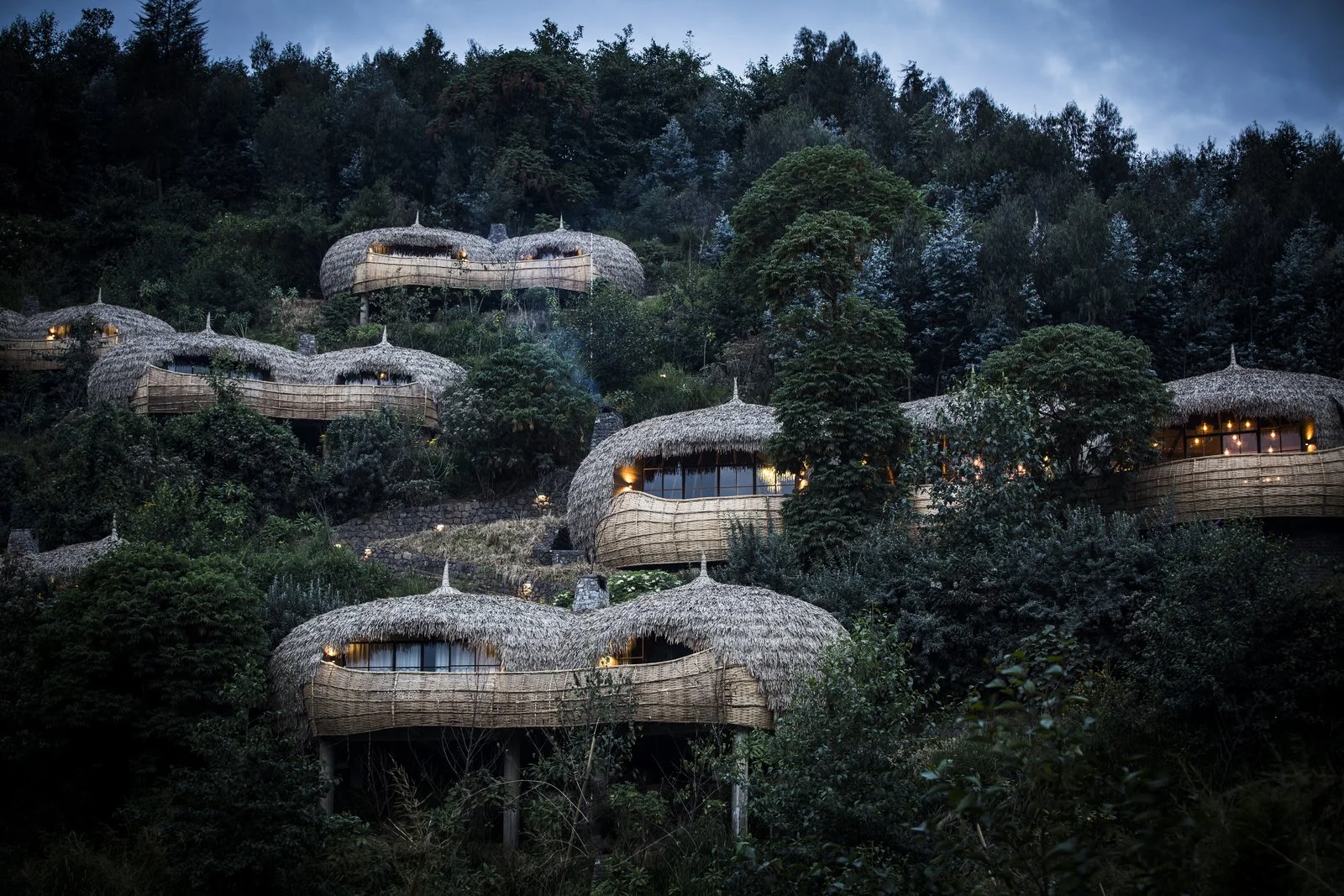Words by Egba Daniel Evwibovwe
Bali in Indonesia, Khao Sok in Thailand, Manaus in Brazil, Letica in Colombia, Taman Negara Park in Malaysia and the Niger Delta of Nigeria all have one thing in common; “Rainforest”. But unlike the riverine communities of the Niger Delta, many other Nations have found ways to enhance livelihood in their rainforest communities by providing some basic amenities, empowering the citizens and placing them on the path of development.
Tourism is a catalyst for growth, especially when the region is unique in culture and landforms. In 2019, Bali generated 7.8 Billion US dollars from tourism, the same can be said for Khao Sok in Thailand and even the Amazon in Brazil. The Niger Delta of Nigeria spans across several states and has the second largest swamp forest in Africa, second to the Congo swamp forests. This region makes up about 7.5% of the total landmass of Nigeria and generates 1.3 million barrels of crude oil produced in Nigeria as at January 2023. Embedded inside these Niger delta states, towards the Atlantic Ocean are riverine communities that are almost (if not totally) cut
off from the realities of other mainland cities in Nigeria.


The Niger Delta is home to a vast collection of marine life, a few of whom are endangered whilst many are still unknown. The region is blessed with sprawling mangrove rainforests and aquatic life, beautiful islands, creeks, and at the Southernmost tip are beautiful stretches of coastline. Unfortunately, many of the communities hidden in this rainforest still lack basic amenities, they can boast of uncomfortable housing (mostly stilts housing), oil-spilled farmlands and streams,
dilapidated school buildings and health centers (that is if it exists at all) and yet remain one of the primary sources of the nation’s wealth. Oh, well I forgot! Many of these communities now reek of insecurity, I guess you know why.
As a Niger-Deltan who has been exposed to the giant strides of other cities with similar resources as the Niger Delta, I sometimes ponder and ask myself “What can be done now?”, or seen as a step forward to make my region to live up to her potential. Because clearly, it is getting worse. As an Architect, my first instinct is to solve these social issues from a building and design (planning) point-of-view. Also, because I have seen that behavioral patterns (both psychological and physical) tend to change when living things are placed in a serene environment.
Amidst being exploited by the oil firms and the government, many of the remote riverine communities of the Niger Delta also lack good housing as buildings made of wood, decomposed aluminium roofing sheets and mud are dominant in some of these communities (this is coupled with a terrain that is difficult to build on and prone to flooding annually). In order to solve this, contemporary methods have to be adopted to build better and more resilient buildings. My suggestion is a bottom-up approach where the existing architecture, the available resources and culture will be studied, developed and redesigned to make this resilient building type. The local collaboration will enable the people to easily reproduce the housing type as the need arises.

Imagine a floating housing system and a properly designed stilt system that can withstand the harsh weather conditions and sometimes flooding. Imagine residents of Apoi creek in Bayelsa state or in Akassa creek in Delta state being comfortable in their communities during peak raining season. Electricity which is currently a luxury to many of these communities due to their isolated locations can be generated from outside the national grid. Alternative sources like solar
energy, biogas and other methods can be used to generate power. Waste is inevitable so a system can be developed to recycle it locally or scheduled to be transported to a municipal recycling facility where they can be used for multiple purposes like for fertilizers, biogas, etc.

I smiled as I imagined the functioning system used in the residential scheme being expanded to fit bigger facilities like schools, libraries, markets, primary health centers and community centers. These communities are blessed with diverse aquatic and marine life, many might already be going extinct and some are probably not known yet. Aha!! another sweet thought. Some of these buildings can be dedicated as research facilities, this will not only benefit the
aquatic life but also overlook and curtail the impact of activities within these mangrove communities.
What is known is what can be protected,
We need to study our land to know how best to protect it.
Gustavo Petro’s famous quote “A developed country is not a place where the poor have cars, it’s where the rich use public transportation”. I envision comfortable boats and ferries transporting passengers between these communities. I see properly designed jetties and boat terminals with modern facilities, boat repair facilities and long and short-term storage. I see an organized transportation network linking these interior communities to big cities like Warri, Eket, Yenegoa, Port-Harcourt and Calabar etc. This will improve trade in these areas and also encourage local production. The Warri, Port-Harcourt and Calabar ports can then be a perfect transition point for the exportation of locally made goods and products.
With a subtle smile on my cheeks, I imagined young Atonye, a marine biologist managing a research facility in Namasibi, or Tosan owning a fleet of boats with which he organizes tours and trips between Gwato and Addabrassa creek I see Igho and Tarela making a living from building and maintaining the new building system that has been adopted. I also imagined Pa Tombra the oldest man in the community visiting the local school every thursday afternoons to teach the
pupils about history and culture.
Like a pendulum my thoughts sways from one possibility to another. I leaned back on my seat with my eyes closed and all I could see were beautiful retreat homes, beach hotels, carnivals, festivals and art shows gracing the endless beachfront of the Niger Delta. More excitement ran through me as I imagined being on boat tours with my friends meandering and piercing through the creeks, and the mangrove rainforests whilst up in the air a helicopter giving tourists a better view of the winding rivers of the Niger Delta from an aerial perspective.

I also imagined a scenario where newly wedded couples go to a resort at Obianga in Akwa Ibom state for their honeymoon. I see research facilities studying and taking proper care of the ecosystem and marine life. And maybe for the first time, conferences about the Niger Delta can be held in the Niger Delta, in a floating hotel built in Egriagbene or one of the hundred other riverine communities around the Niger Delta.
All these possibilities will lead to a working community, where the young can get good education, the adults can make a living and the elderly can retire in good health. Such a community will build more connections with neighbouring communities, thereby developing more commercial and trade links. Such a community will have learned youths who will positively represent their
communities and the established sons and daughters will be proud to bring their innovations and ideas back home. Such a community will promote peace in their region and open its arms to welcome tourists and investors. Such a community will be called home by both indigenes and non-indigenes.
The Nation, the region and the people will benefit more when communities are intentionally developed with basic infrastructures. I can imagine this simple fantasized model of mine being adopted for other parts of the country that have been denied their fair share of development. This is simply a fantasy where a “bottom-up approach” is intentionally used by the government to fix these neglected communities by working with them and putting them on a platform for organic growth. Nigeria is blessed and a single document cannot exhaust what needs to be done in the neglected parts of the country, but just as little drops of water makes an ocean, we can start making these fantasies of mine a reality.
Would you like to publish your projects? Get Started Here






